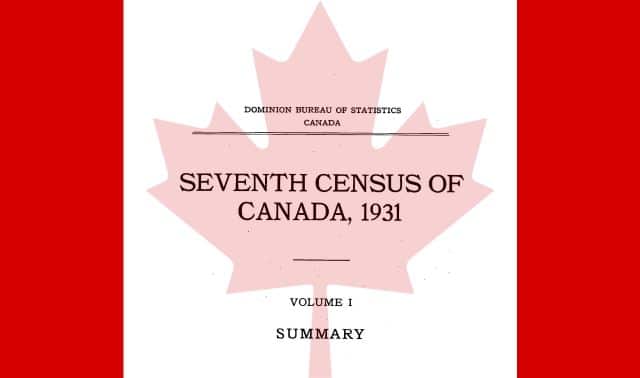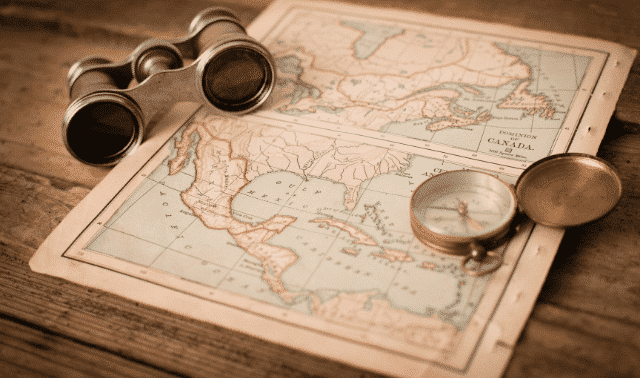Grosse Ile, an island in the St. Lawrence River just downstream from Quebec City, is to Canada what Ellis Island is to the United States. Between 1829 and 1941, 4.3 million people arrived there by boat, the majority after 1867. Most came from the British Isles, Scandinavia and Germany. From 1832 to 1937, ships would pause at Grosse Ile for health inspection; some 31,829 people were hospitalized, and more than 7,400 were buried there, including those who died at sea. The island became a national historic site in 1974.
Begin your Grosse Ile research with a virtual visit to Parks Canada’s Grosse Ile and The Irish Memorial. The Web site provides general information on the park (including a virtual tour) and the 1847 typhoid epidemic. About 100,000 immigrants, mostly Irish escaping the potato famine, passed through Grosse Ile in 1847—the year typhoid overwhelmed the station. Nearly 5,424 died and were buried on the island, the worst year in Grosse Ile’s history.
Next, search the National Archives of Canada Web site Immigrants at Grosse-Ile, which hosts a database of 33,026 people who stayed at the quarantine station between 1832 and 1937. You can search by name, ship, year and place of origin.
Doukhobors Quarantined at Grosse Isle tells of another illness-related tragedy on the island. In 1899, a ship carrying 2,275 Doukhobors—Russian peasants who emigrated to avoid persecution over differences with the Russian Orthodox Church—was infected with smallpox. The site lists the names and ages of 47 who were treated for smallpox and seven who died.
The site Immigrants to Canada provides more general information and links relating to Grosse Ile and Quebec. You’ll find lists of ships’ names, regulations and more.
InGeneas has searchable Grosse Ile hospital, death and burial records, plus records of European arrivals at the Port of Quebec for 1870 and April through September 1871. You can order electronic transcriptions for $7 to $10.
The National Archives of Canada has microfilmed original passenger lists from Canadian ports, including Quebec. You can search an index to lists from 1865 to 1935. InGeneas offers a free index to earlier arrivals (1801 to 1849).




